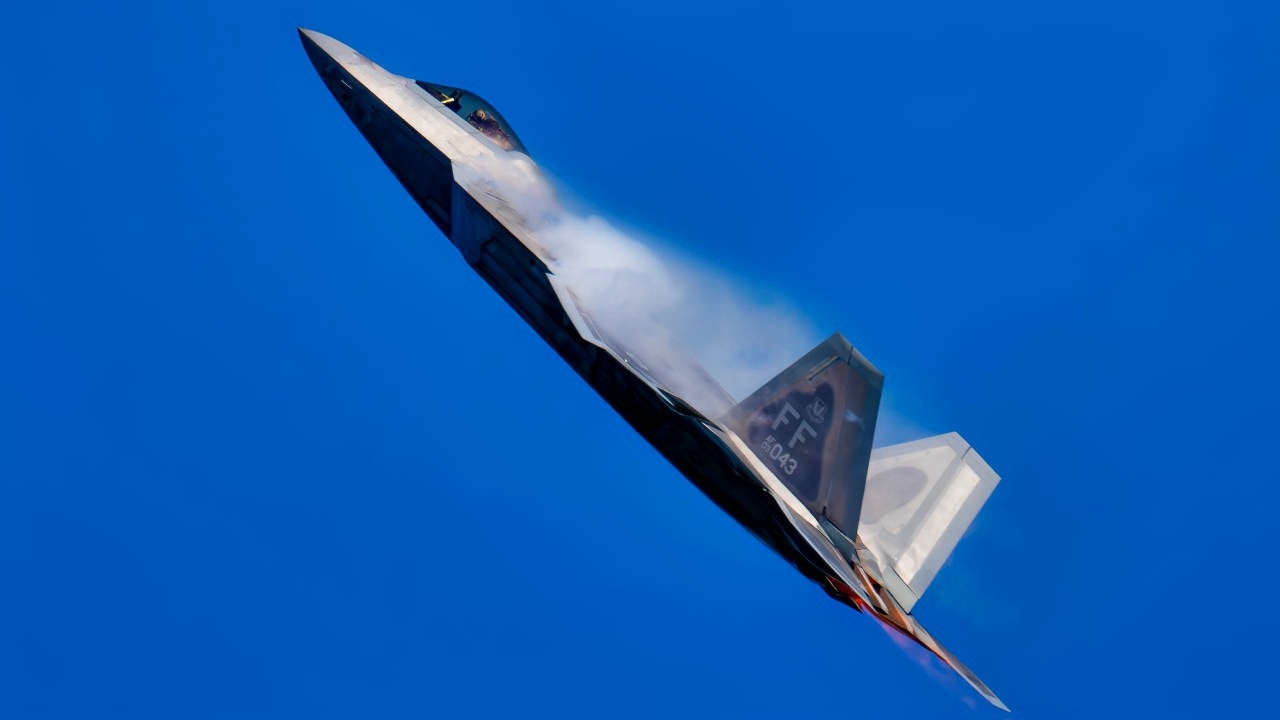Key Points and Summary – Russia’s S-500 “Prometheus” is its next-generation mobile air-defense system, designed to supplement and eventually replace the capable S-400.
-Moscow claims the S-500 is a “game-changer” with an unprecedented 600km range, capable of intercepting hypersonic missiles, shooting down 5th-generation stealth aircraft, and even destroying satellites in low-Earth orbit.
-Despite significant development delays, the system is now being deployed.
-Its extreme range poses a serious threat to critical NATO support aircraft like tankers and AWACS, which are vital to Western airpower and often operate far from the front lines.
Russia’s S-500 Prometheus Anti-Hypersonic Missile System
The Russian S-500 “Prometheus” is a mobile air-defense system designed to counter a wide range of threats, including aircraft and ballistic missiles.
The S-500 is the latest generation of Russian air-defense systems. It is intended to supplement and eventually replace the S-400. The Prometheus, developed by Almaz Antey, is reportedly able to intercept hypersonic missiles and is claimed to have anti-satellite capabilities.
The Russians say it is a game-changer, with an increased range reaching between 500 and 600 kilometers. It is supposed to be able to detect and shoot down fifth-generation stealth aircraft.
India is exploring the possibility of acquiring the S-500 Prometheus. According to a report by Indian Defense News, New Delhi is worried about China’s expanding arsenal of hypersonic glide vehicles, ballistic missiles, and stealth aircraft.
Launchers for the S-500 system deploy two surface-to-air missiles, compared to four by the S-400 system. The S-500 missiles are reportedly able to engage targets up to 600 km away, compared to 400 km for the S-400, and 200 km for the rival U.S. Terminal High Altitude Area Defense and Patriot systems.
Each S-400 regiment is made up of two battalions of eight launchers, although this may differ for the S-500. The latest air-defense system is meant to provide a new layer to Russia’s defense network, occupying a role between the more tactical-level S-300s and S-400s, and the strategic A-235 system, which was designed for defense against attacks by intercontinental ballistic missiles.
S-500’s Increased Interception Range
If reports are true that the Prometheus can intercept targets up to 600 km away, that is an impressive range, and a significant increase compared to the S-400. Russian military sources say the S-500 can target and destroy satellites in low-Earth orbit, a capability that is not verified.
It can reportedly intercept ballistic missiles during their mid or terminal flight stage and may have access to multiple missile types depending on its intended target.
Improved Radar System
The system features a sophisticated radar complex that can track multiple targets simultaneously, including stealth aircraft and hypersonic threats. The radar system allows the S-500 to detect ballistic missiles up to 2,000 km away, and airborne targets up to an 800-km range.
The S-500 is a mobile system, enabling rapid deployment and redeployment to various locations.
There are four radar vehicles per battery: a 91N6E(M) S-Band acquisition radar, a 96L6-TsP C-Band acquisition radar, a 76T6 multi-mode engagement radar, and a 77T6 Anti-Ballistic Missile-Engagement radar.
The Prometheus is designed to work in conjunction with other Russian air-defense systems, such as the S-400, S-350, and Pantsir systems, forming a multi-layered defense network.
S-500 Development and Deployment
Almaz Antey has faced significant delays in the S-500’s development. After its design was completed in 2011, serial production was shifted from 2014 to 2017, then to 2021, and finally to 2025.
It has been speculated that the Russians are purposefully delaying the introduction of the S-500 to maintain the production lines of the S-400 and continue exporting that system. Serial production started around 2021, with deliveries to the Russian armed forces confirmed in 2022.
As of 2025, the first regiment of the system has been operationally deployed, primarily to protect critical assets and strategic regions.
Military Watch magazine wrote that the system’s very long engagement range makes it a serious threat to force-multiplier assets such as tankers and airborne early warning & control systems that are vital to NATO air power.
The S-500 represents a significant advancement in Russia’s air and missile defense capabilities. Its ability to intercept hypersonic missiles and potentially engage satellites would give it a strategic advantage in modern warfare. The system is also seen as a key component of Russia’s overall air defense network.
About the Author: Steve Balestrieri
Steve Balestrieri is a National Security Columnist. He served as a US Army Special Forces NCO and Warrant Officer. In addition to writing on defense, he covers the NFL for PatsFans.com and is a member of the Pro Football Writers of America (PFWA). His work was regularly featured in many military publications.
More Military
We Almost Touched the F-117 Stealth Fighter










